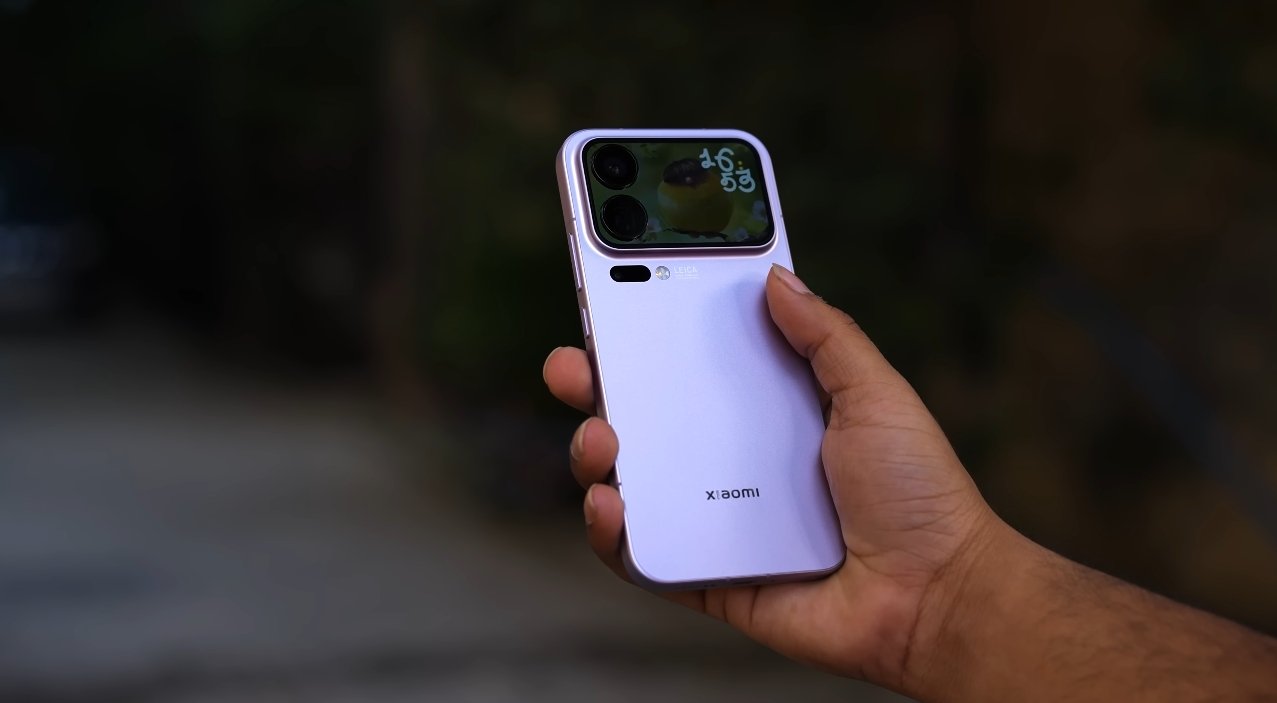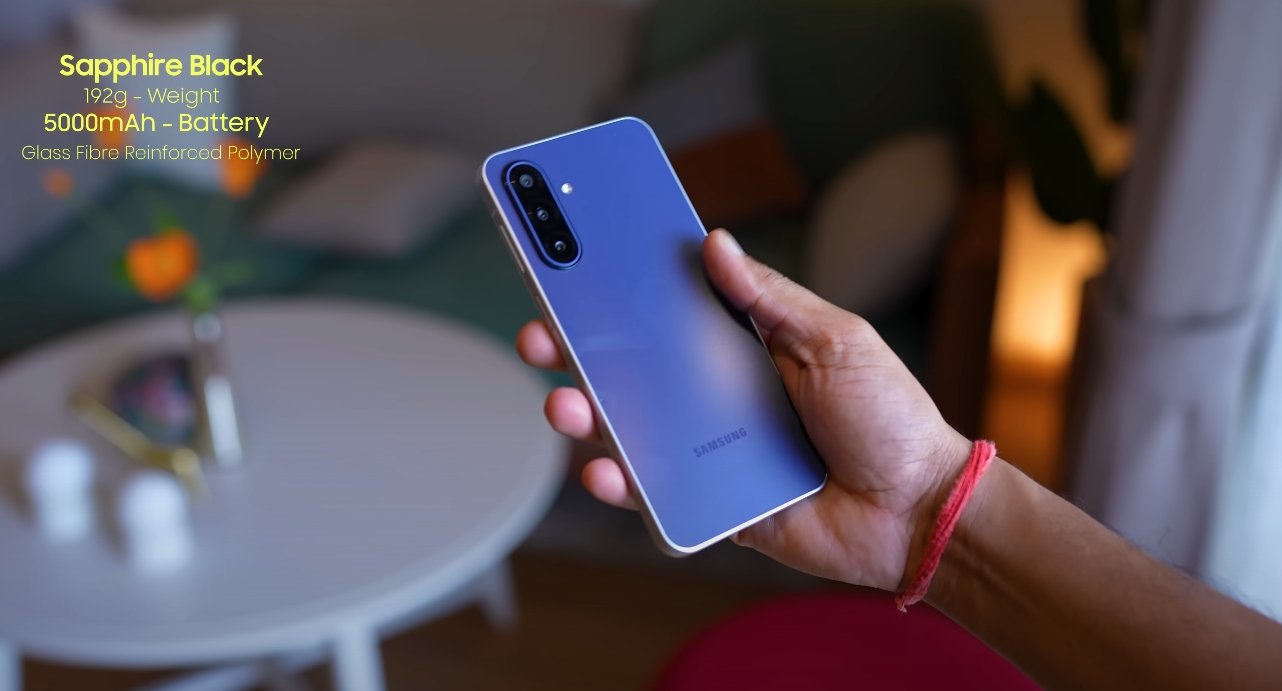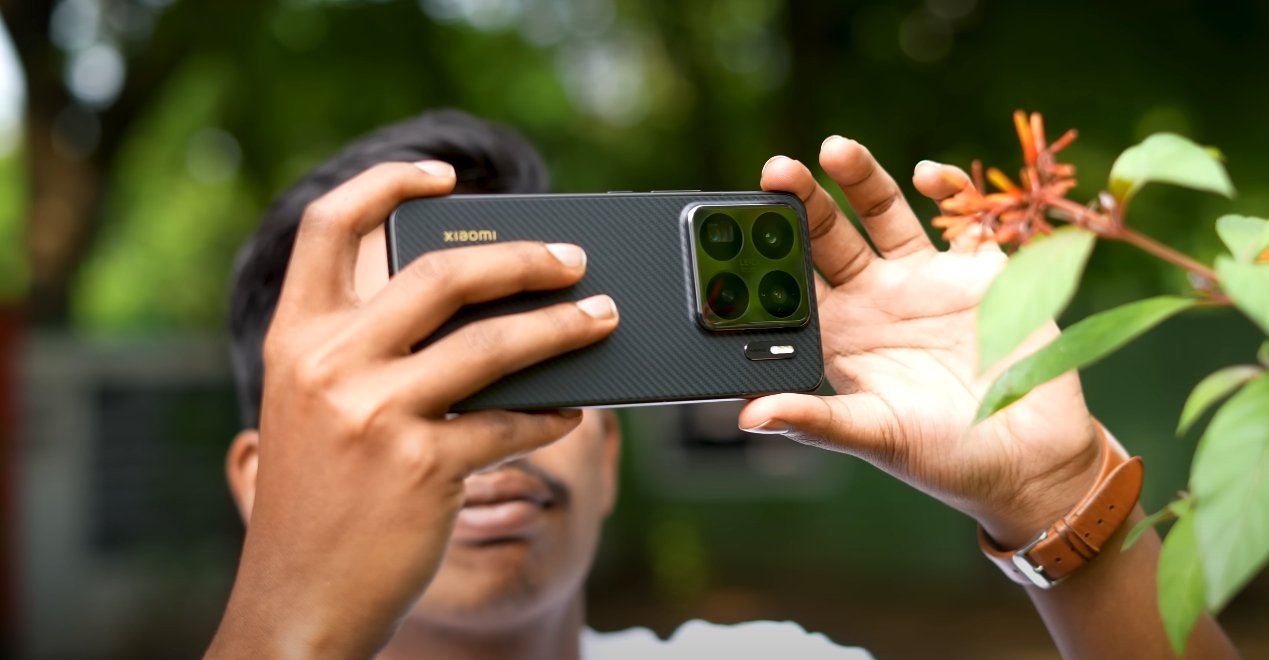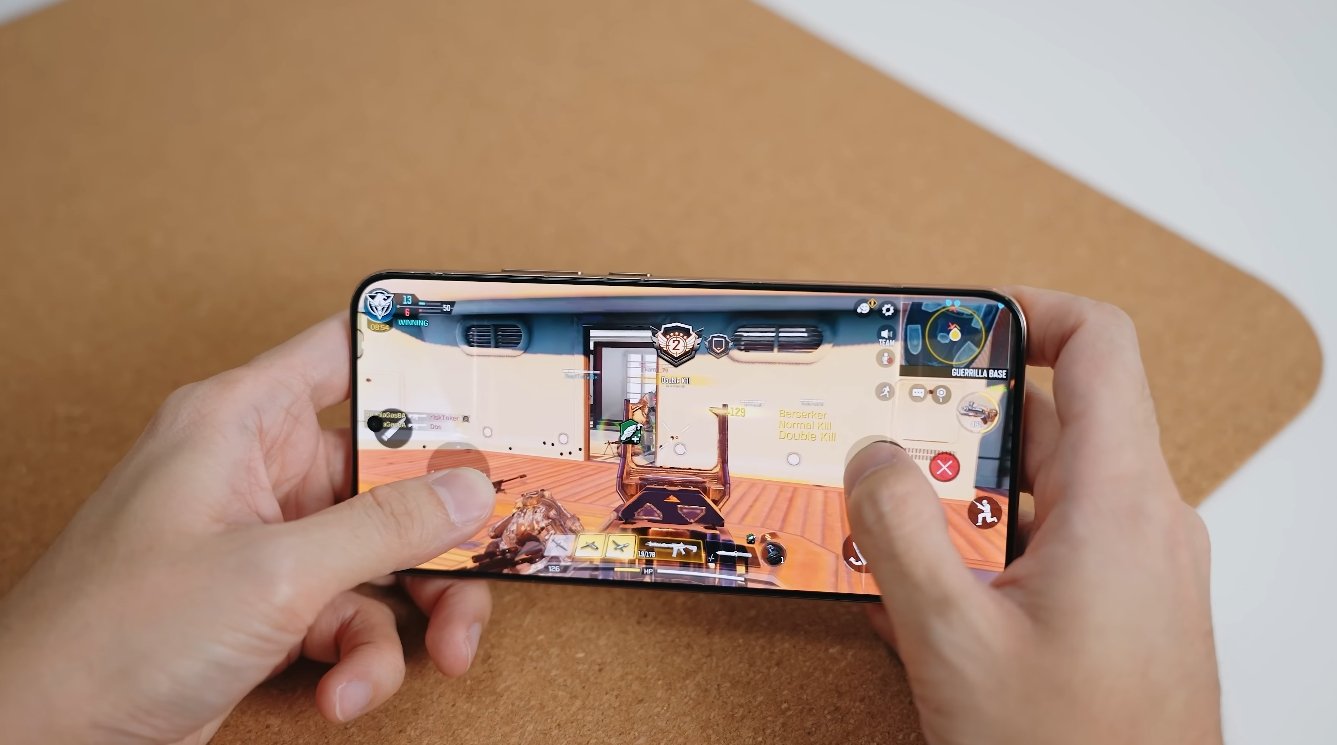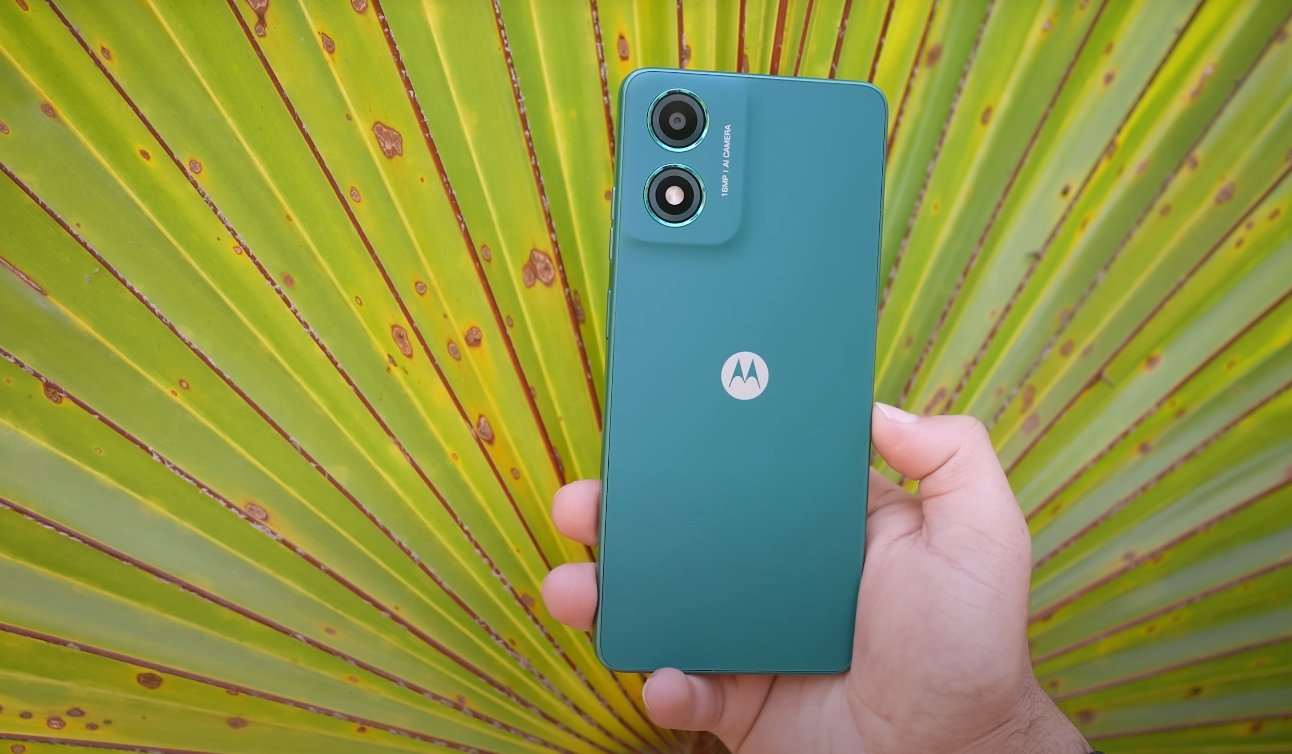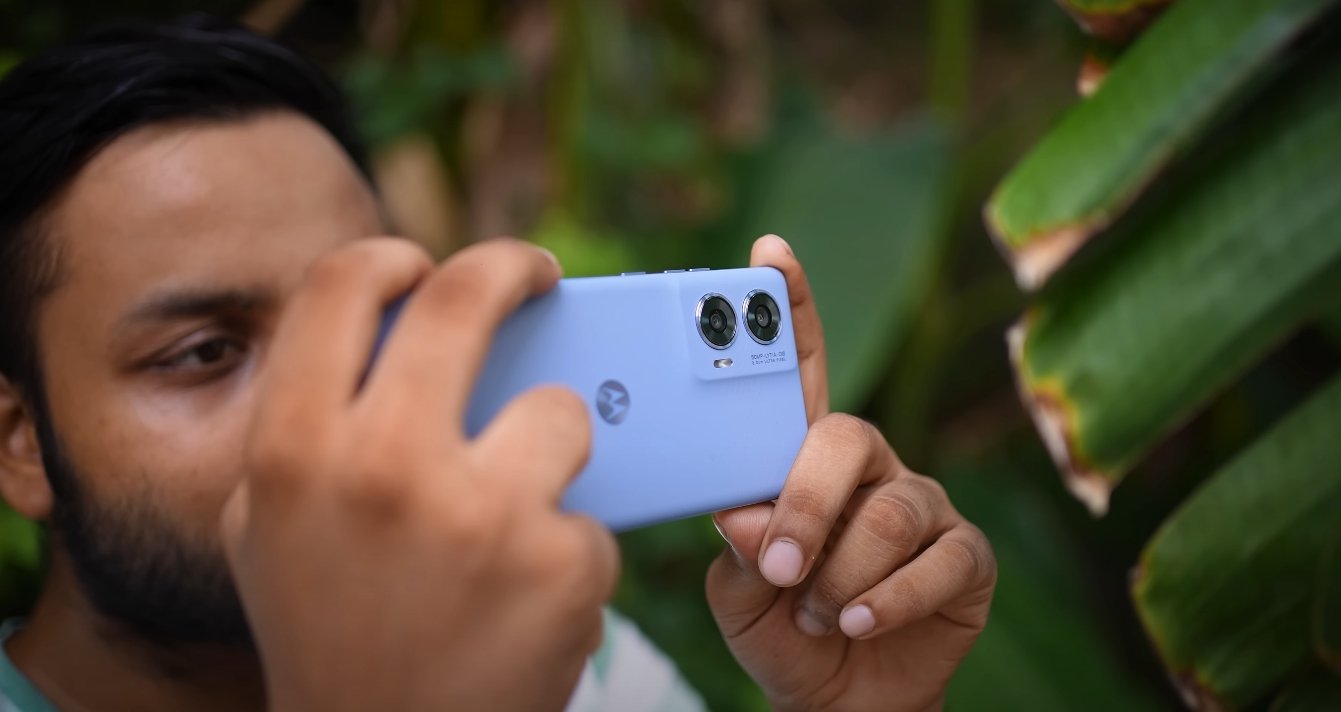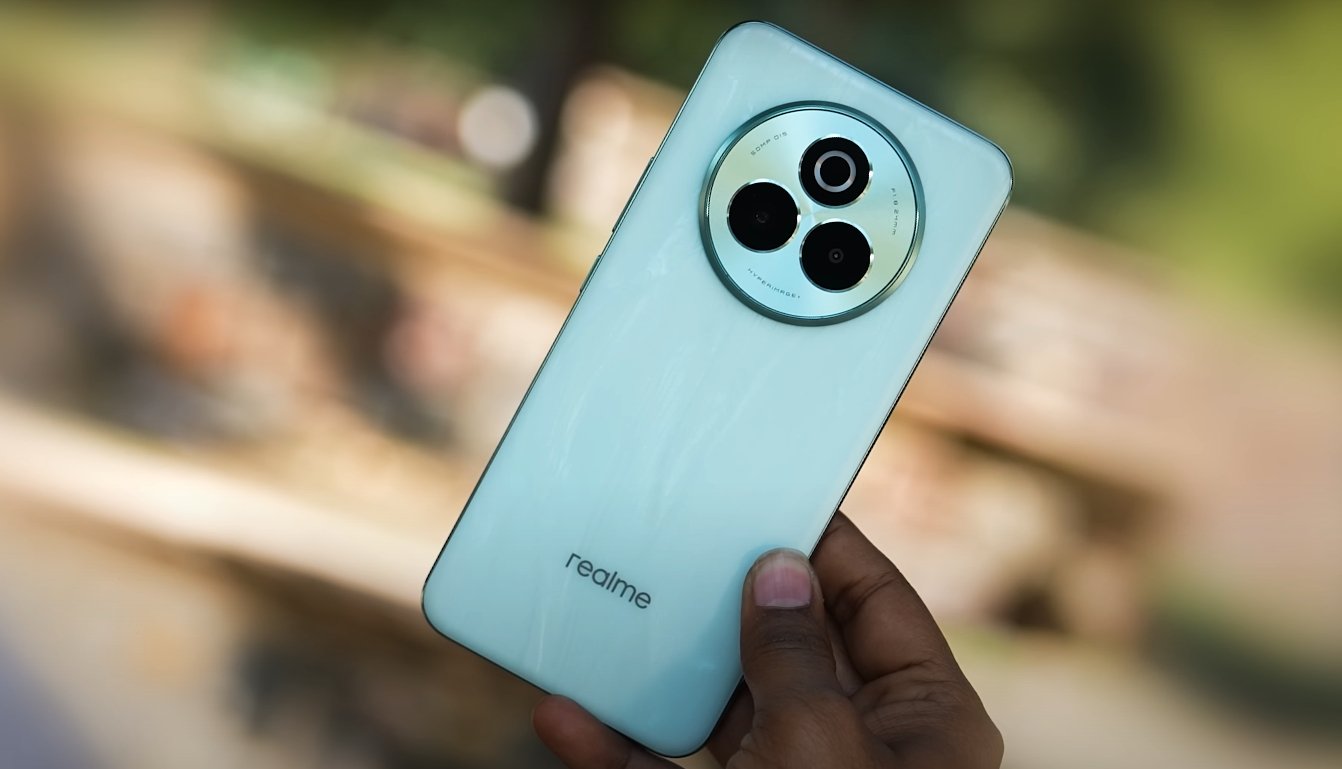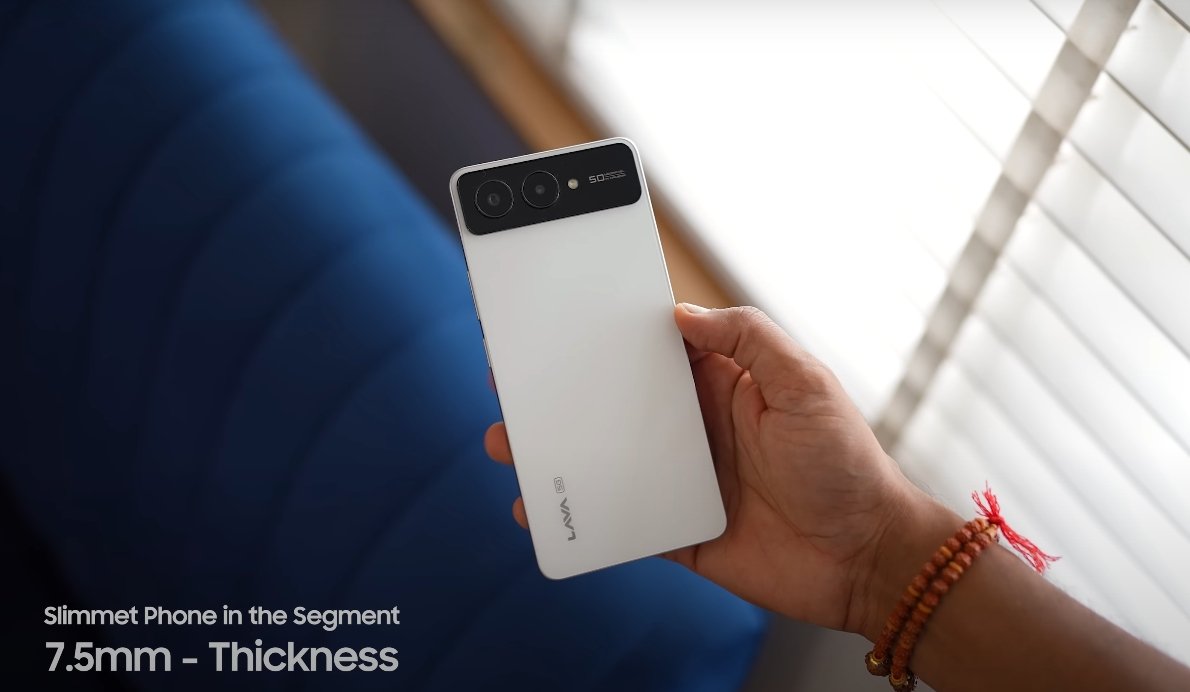Flagship Camera Battle: Xiaomi and Vivo Push Mobile Photography Limits
The smartphone industry continues to raise the bar for photography, and the Xiaomi 17 Pro Max and Vivo X100 Pro stand at the top of that evolution. Both devices aim to deliver a professional-grade camera experience in a compact form, appealing to users who value detail, color accuracy, and advanced imaging technology. The competition between these two flagships is fierce, and their camera results tell a fascinating story about how far mobile photography has come in 2025.
The Xiaomi 17 Pro Max brings a triple 50MP camera system co-engineered with Leica, blending precision optics and image tuning for vivid, cinematic photos. The main sensor offers crisp detail, accurate color reproduction, and well-controlled highlights in bright light. The periscope telephoto lens delivers strong zoom performance up to 5x optical, allowing users to capture faraway subjects without losing quality. Its ultra-wide camera produces immersive shots, though it leans toward slightly tighter framing compared to competitors. Overall, Xiaomi’s approach emphasizes bold contrast and a lively color palette, which makes its photos visually appealing for most users.
Vivo, on the other hand, designed the X100 Pro as a photography powerhouse with its triple 50MP setup and Zeiss-tuned optics. The primary sensor is a massive 1-inch type unit, which helps it capture more light and deliver exceptional results in low-light conditions. Images from the Vivo X100 Pro appear clean, detailed, and well-balanced, even in scenes where lighting is challenging. The ultra-wide and telephoto lenses provide impressive flexibility, maintaining clarity across different zoom levels. Vivo’s color science focuses on natural tones, giving a more true-to-life appearance compared to Xiaomi’s vibrant aesthetic.
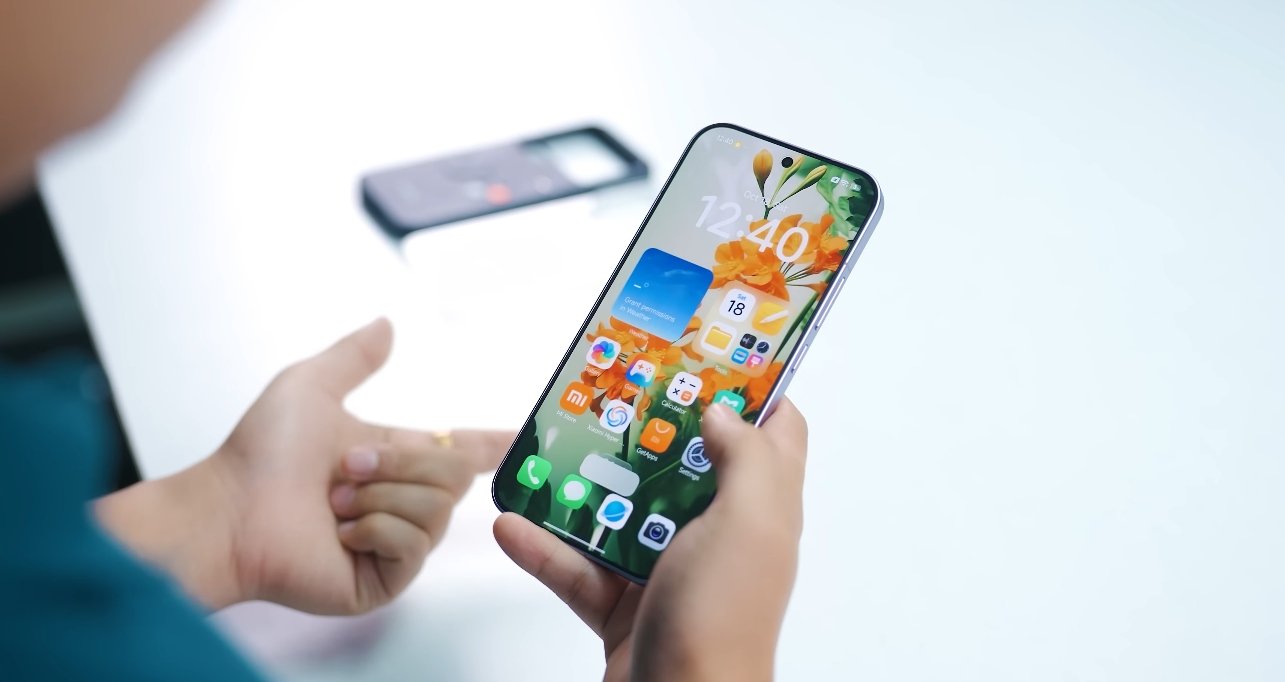
In daylight photography, both smartphones perform at flagship level, producing clear, high-contrast images. The Xiaomi 17 Pro Max tends to favor slightly punchier saturation, resulting in photos that stand out on social media platforms. Meanwhile, the Vivo X100 Pro focuses on subtlety and accuracy, offering more consistent tones and balanced exposure. When comparing fine textures like foliage or fabric patterns, the Vivo manages slightly better detail retention due to its larger sensor and refined image processing. For users who prefer a more realistic look, the Vivo’s results might feel closer to professional-grade cameras.
When it comes to zoom and ultra-wide shots, the differences between the two become clearer. Xiaomi’s 5x optical zoom captures excellent detail with minimal distortion, excelling in capturing distant architecture or wildlife. However, Vivo’s telephoto lens demonstrates better overall stability and color consistency across zoom ranges. The ultra-wide lens on the X100 Pro offers a broader field of view and better edge clarity, giving it a small advantage in landscape and travel photography. While Xiaomi’s ultra-wide performs well, some users might notice a slightly narrower angle, which affects how much scenery fits in one frame.
Low-light photography is where Vivo’s advantage becomes most noticeable. The X100 Pro’s 1-inch sensor collects more light, producing brighter and cleaner images with less noise. Night mode captures excellent exposure balance without over-brightening shadows, preserving a natural feel. Xiaomi’s 17 Pro Max also performs admirably in dark conditions, but its images can appear more contrast-heavy, occasionally exaggerating color tones. Still, its Leica tuning creates an artistic touch that many users find appealing, especially when capturing urban scenes or nightlife moments.
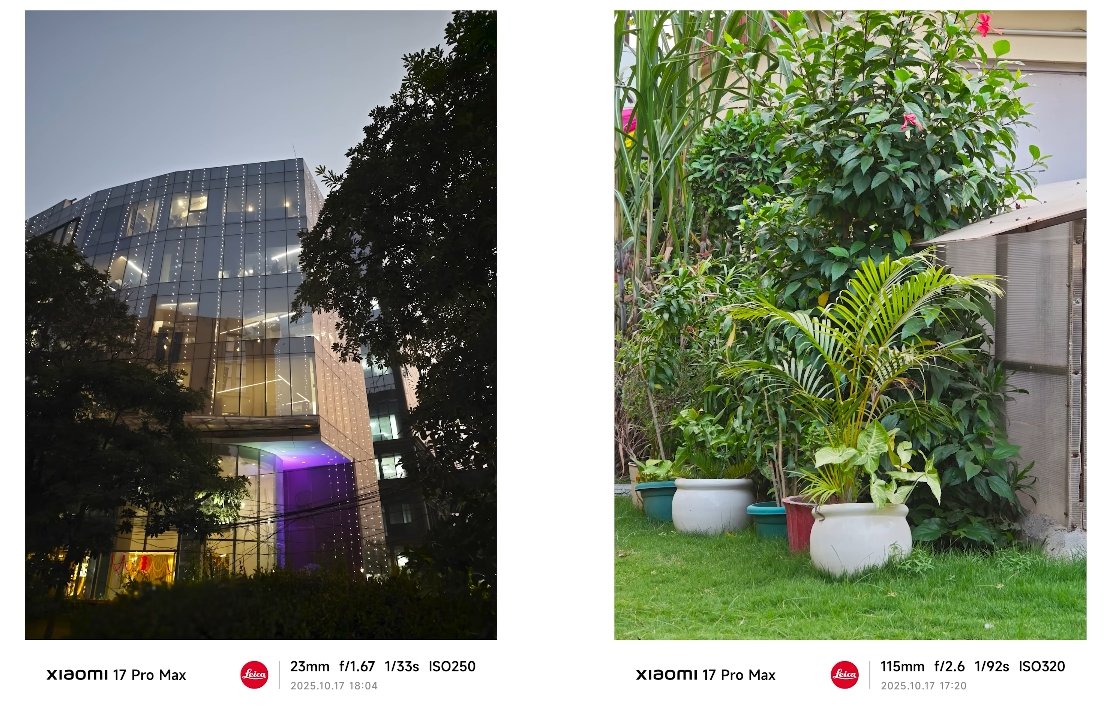
For video recording, both phones deliver smooth and high-quality footage, but they cater to slightly different audiences. Xiaomi supports 8K video recording with advanced stabilization and 10-bit color depth, ideal for creators who value flexibility in post-production. Vivo’s X100 Pro focuses on precise exposure control, stable 4K output, and consistent color performance, making it a favorite for casual videographers and vloggers. The overall video sharpness and stabilization are excellent on both, but Xiaomi’s higher resolution and color grading options give it a professional edge.
In everyday use, the experience of shooting with either phone feels polished and intuitive. Xiaomi’s camera app provides detailed manual controls and Leica photo modes, letting users choose between Natural and Vibrant color styles. Vivo’s interface offers Zeiss filters and a Pro mode that gives granular control over exposure, ISO, and focus. Both devices make photography enjoyable, but Vivo’s superior low-light capabilities and consistent results across lenses give it a more refined performance overall.
In conclusion, both the Xiaomi 17 Pro Max and Vivo X100 Pro deliver world-class camera results, but they cater to different preferences. The Xiaomi 17 Pro Max is ideal for users who love striking visuals, strong zoom capability, and creative control through Leica’s distinctive tuning. The Vivo X100 Pro stands out for those who prioritize natural color tones, excellent low-light photography, and dependable results across every shooting condition. For USA buyers looking for the best all-around camera phone, the Vivo X100 Pro edges ahead slightly in technical performance, while Xiaomi remains a top choice for users who enjoy artistic, vibrant imagery. Both smartphones prove that mobile photography in 2025 can easily rival dedicated professional cameras.
Also Read: Xiaomi 17 Pro Max charging heat and efficiency check
